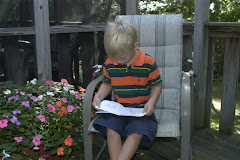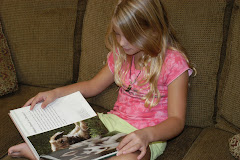I give direction to early literacy by defining its purpose. In doing so, I utilize Stripling’s generic model of internal monologue. This diagram serves as an illustration of thinking processes and coexists alongside formal research models (Curriculum Connections, p. 143-144). Stripling identifies the informational problem by justifying the need. This is done by determining if the need for a solution offsets effort, importance, and affect. What is the problem that I need to solve?
I want to know research-based methods of teaching early literacy that can be implemented in classrooms.
With my purpose (need) explicitly stated, I can successfully move on to retrieving knowledge base information. I analyze inquiry need based on questions, key words, and prior knowledge. This metacognition process Callison refers to as when one determines baseline knowledge by asking, “What do I know” and “what do I want to learn” (The Blue Book p. 435). The KWL chart provides a visual method of organizing my questions and connecting my knowledge about (K) What I know, (W) What I want to learn and eventually (L) what I actually learned.
What do we Know?
1. Reading aloud to children provides a way for children to hear rich vocabulary.
2. Children comprehend at higher level than they are able to read.
3. Knowing several words helped children to recognize and to comprehend written words.
4. Reading is not just about decoding a word,
5. Reading makes connection between written word and sound.
6. Effective reading instruction incorporates various approaches.
7. The home environment is critical in order to begin language awareness.
What do we want to find out?
1. Research that documents educational methods in reading instruction.
2. Specific methods used to promote early literacy.
3. Components of successful literacy program.
4. Effective learning tools for teaching reading.
5. How evidence-based methods are measured.
How can we find out what we want to learn?
1. Research documents
2. Literacy journals
3. Professional literacy organizations
4. Professional books
5. Interviews
6. Ask-an-expert
7. Periodicals
8. Websites
9. Listservs
10. Pathfinders



No comments:
Post a Comment